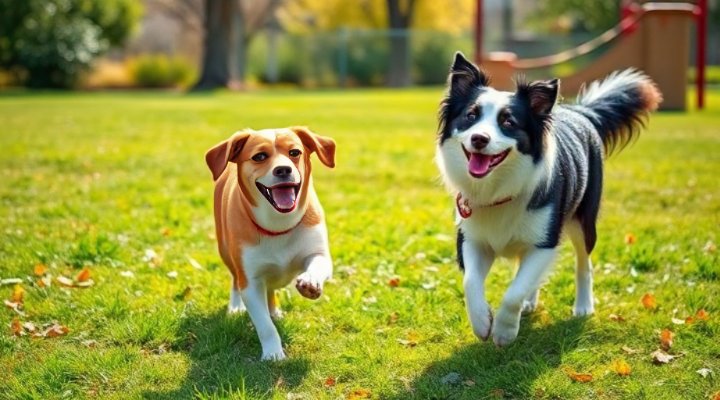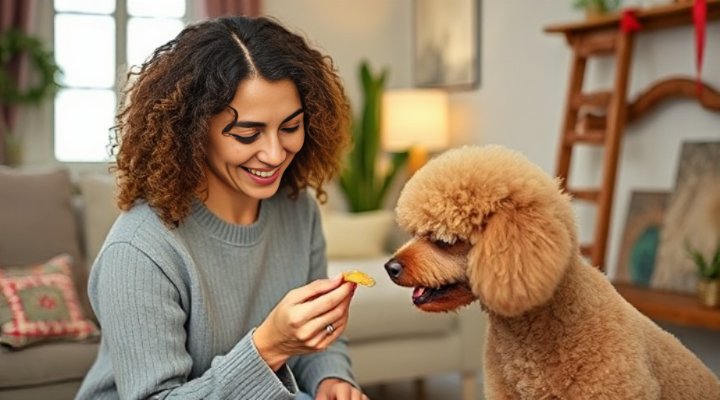Good dog training is the foundation of a happy relationship between you and your furry friend. Whether you’re teaching basic commands or addressing behavioral issues, the right approach makes all the difference. Above all, remember that patience and consistency are key.

The Fundamentals of Good Dog Training
Firstly, let’s clarify what constitutes good dog training. It’s not just about obedience – it’s about building trust and understanding between you and your pet. For instance, when I trained my first dog, Max, I learned that positive reinforcement worked wonders compared to punishment-based methods.
Basic commands like ‘sit’, ‘stay’, and ‘come’ are essential building blocks. The American Kennel Club recommends starting with these fundamental commands before moving to more advanced training. Meanwhile, proper leash training can make walks enjoyable rather than stressful – check out our guide on solving leash pulling issues for more tips.

Creating a Positive Training Environment
Subsequently, setting up the right environment is crucial for successful training. Choose a quiet space with minimal distractions, especially when starting new commands. Most importantly, keep sessions short (5-10 minutes) and fun – dogs learn best when they’re engaged and enjoying themselves.
For example, using high-value treats as rewards can significantly improve results. Likewise, timing is everything – immediately reward desired behaviors to create clear associations. If you’re struggling with house training, our comprehensive house training guide offers practical solutions.
Socialization: The Often Overlooked Aspect
On the other hand, many owners focus solely on commands while neglecting socialization. However, exposing your dog to various people, animals, and environments is equally important. That is to say, a well-socialized dog is typically more confident and less prone to anxiety or aggression.

During socialization, proceed gradually and watch for signs of stress. For instance, puppy classes can be excellent for both training and socialization – learn how to choose the right obedience classes for puppies in our detailed guide.
Troubleshooting Common Training Challenges
Certainly, every dog owner encounters challenges. Whether it’s excessive barking, jumping, or stubbornness, there are solutions. First, identify the root cause – is your dog bored, anxious, or simply not understanding what you want?
Consequently, tailor your approach accordingly. For barking issues, the ASPCA’s barking guide offers science-based solutions. Meanwhile, for more serious behavioral concerns, consider consulting a professional through our aggressive dog training resources.

Advanced Training and Continued Learning
Further, once your dog masters the basics, you might explore advanced training. Tricks, agility courses, or even therapy dog certification can provide mental stimulation and strengthen your bond. Similarly, ongoing training maintains good behavior throughout your dog’s life.
In conclusion, good dog training requires patience, consistency, and understanding. By focusing on positive reinforcement, proper socialization, and addressing issues promptly, you’ll raise a well-behaved companion. Remember, every dog learns at their own pace – celebrate small victories along the way!
Related Keywords: positive reinforcement training, puppy obedience, dog behavior modification, canine socialization, professional dog training

